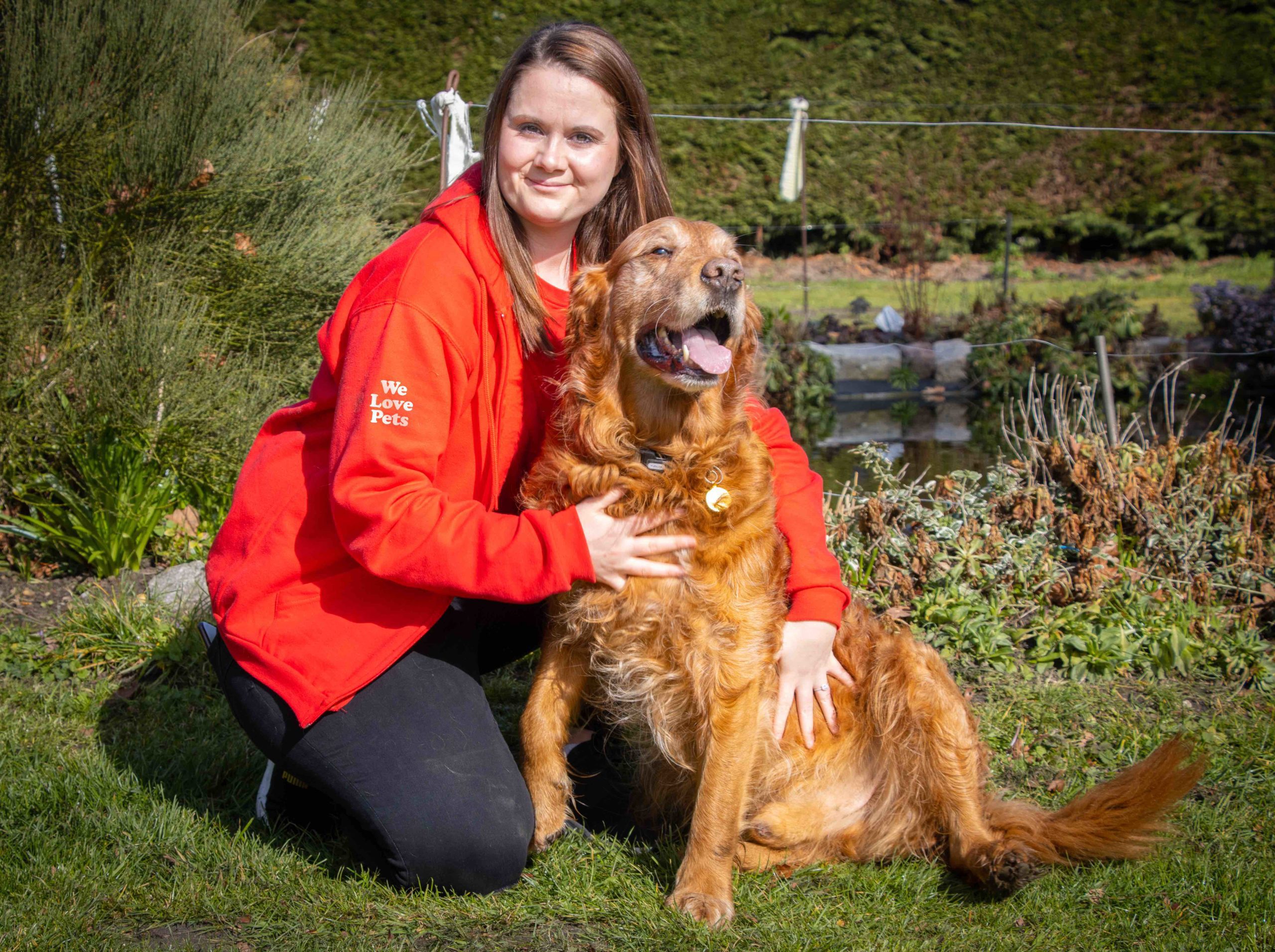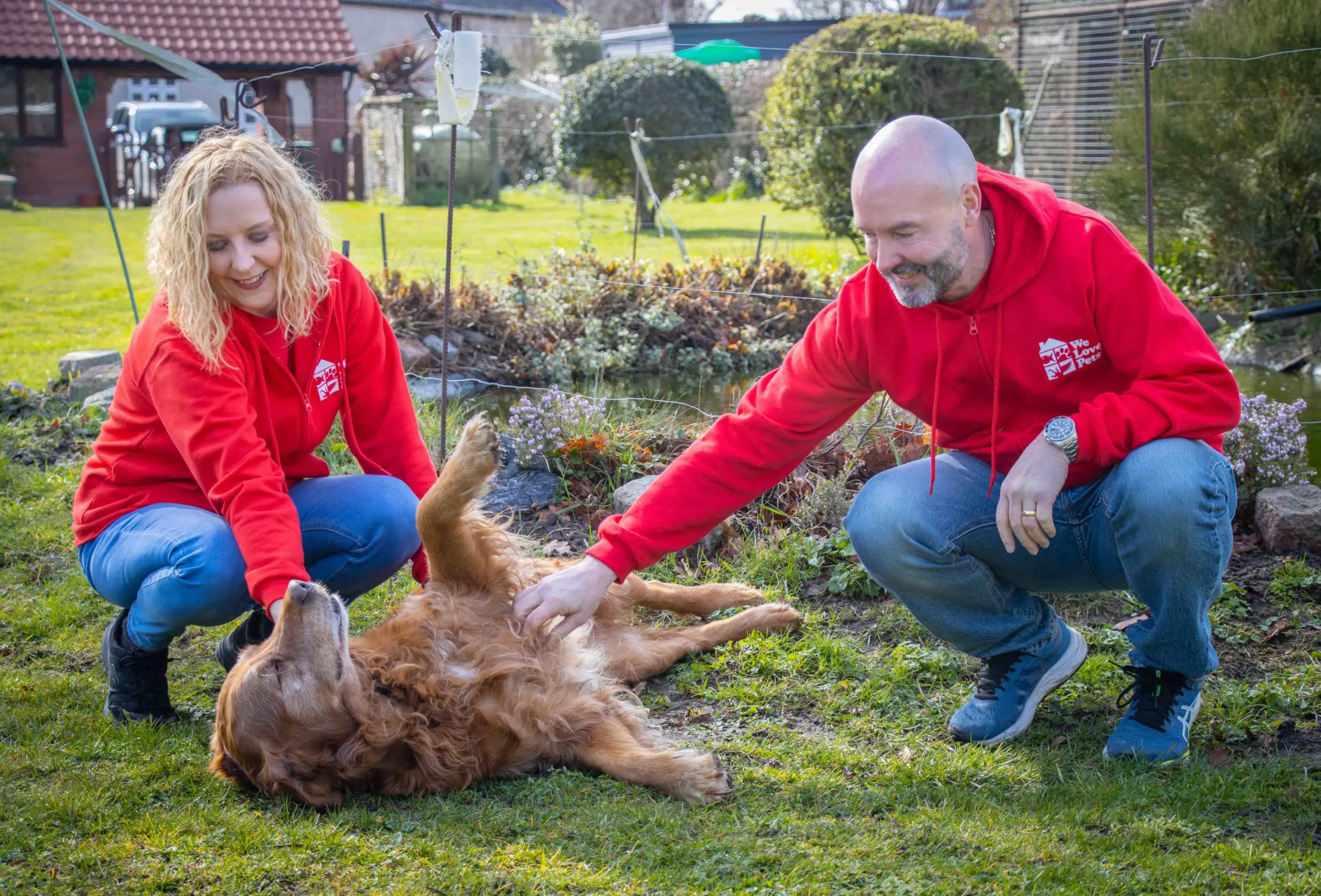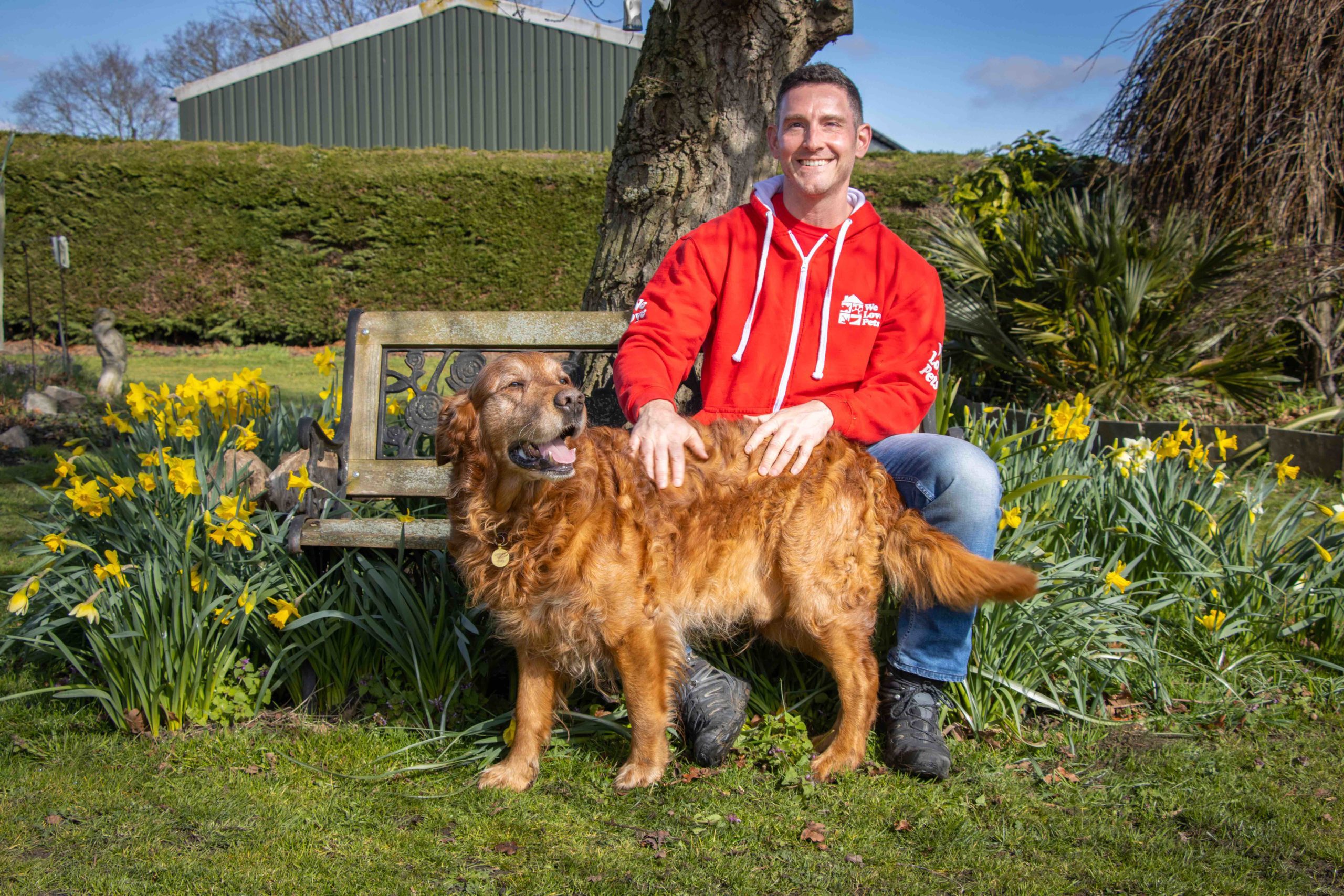Over the last 10 years reptiles have become very popular as pets. Not surprising as they are a lot smaller than dogs, usually, do not require a large amount of exercise, and in the case of snakes may only need feeding once a fortnight! However, reptiles need a lot of specialist care that sometimes get missed, which can lead to ill health.
Here we will look at one of the most commonly kept lizards – the bearded dragon! Its not hard to see why these little guys have become soo popular! They are very engaging with people, often happy to sit on a shoulder while you watch TV or give you a little wave from the enclosure. But these cute little dragons require a lot of specialist care and equipment to enable them to live full happy lives.
Reptiles are what we call “ectothermic” animals. More commonly referred to as “cold blooded” however the term cold blooded is not actually accurate as reptiles regulate their body temperature with their surroundings. So, a bearded dragon from the hot arid parts of Australia actually has quite a high body temperature. Due to the ectothermic nature they require a heated enclosure. However, this heat needs to be fairly specific, as they need to be able to cool down so heat needs to be provided at one end of the enclosure while the opposite needs to have no heating so the animal can regulate its body temperature as needed.
Enclosure heat and UV lighting
The other thing that a bearded dragon naturally gets a lot of in the wild is UV light! Bearded dragons spend most of the early morning and mid afternoon soaking up the suns rays, in a behaviour known as “basking”. This is due to the fact reptiles, just like us mammals, require UV rays to be able to produce vitamin D. If humans do not get enough sun, and in turn do not produce enough vitamin D we develop a condition known as rickets. Our lizard and tortoises friends do not develop rickets but can develop a condition known as MBD – Metabolic bone disease. This disease can show itself in many different ways – the first and most obvious is problems with the animals bones and joints. Sometimes spines and tails can become bent and misshapen. Shells on tortoises can become pointy (a condition known as pyramiding) and they can develop a sunken pelvis which prevents normal walking movement. Legs can become weak which means the animal is more prone to fractures and then infection setting in. Other signs of the disease can be a softened weak jaw, known as floppy jaw, muscle spasms, nerve tremors, scale/shedding problems, vision problems and lethargy. These are all possible signs of MBD. To prevent this from happening you need to make sure that your UV levels in your enclosure are correct for your bearded dragon. It is advised by BIAZA (British and Irish Association of Zoo and Aquaria) on their UV guide that bearded dragons are provided with both a spot UV bulb and a strip UV bulb. This is known as the beam and shade method and will ensure your dragon receives the correct levels. The spot bulb ideally would be an Arcadia combination bulb – which provides your animal with both a heat source and a UV source. Then provide your animal with an Arcadia 14% dragon strip light. This needs to be placed along the top of your enclosure and the combination spot bulb at one end to provide the heat gradient for your animal. The ”basking spot” temperature for your dragon needs to be around 30 – 36 degrees Celsius and the cool end needs to have around a 6 – 8 degree drop from that. The lights can then be attached to a timer that can be set to have your lights on for around 13 hours from April to October and 11 hours from November to March. Lights do need to be changed every 9 – 12 months as the UV they emit reduces over time. So just because the light is on it does not mean it is emitting the right levels.
Diet
The last thing that we often see going wrong with bearded dragons is their diet. In the wild bearded dragons are omnivores and spend their life eating insects like cockroaches, crickets, locusts and other small insects. They will eat plant leaves and gain most of their moisture from this, so you rarely see a bearded dragon drinking! However, in captivity people tend to get a little creeped out by the thought of feeding live insects to an animal and will often only give them mealworms, which sadly are not nutritionally beneficial for a dragon. They can be included as part of a varied diet, after all variety is the spice of life, but should not be used as a staple. Young dragons need a high level of live-food in their diet as they need to extra protein to grow, so it is best to feed them insects every day, with a general rule that the insect should be no larger than the space between the lizards eyes until adulthood, when they can manage much larger prey. Adults that don’t require as much protein should be offered insects around 3 times a week.
When it comes to the plant section of the diet nothing is better than some hand-picked weeds! Good ones to give are plantain and dandelion and even fresh picked herbs like basil and chives are often enjoyed. If buying greens from a shop avoid anything dark green like kale, broccoli, spinach or green cabbage as these items are high in an oxalates, which can cause calcium binding. Reptiles need to have the correct calcium – phosphorus ration in their diet – 2:1 – and anything that can disrupt this can also lead to MBD. Greens should make up around 70% of your dragons diet and then around 20% veg, which can be grated carrot, red and yellow pepper which is a good source of vitamin c, mushrooms that are high in calcium and green beans. 10% can then be fruit, which should never be fed in a high quantity due to the sugars. Safe fruits are grapes, apples, pears, tomatoes and berries. Just remember to not give a high amount of fruit.
Lastly all food, including insects, should be dusted with a good brand calcium/multivitamin powder. Arcadia have their own brand which has been specially created for our omnivorous lizards.
Conclusion
So, in conclusion if you get the temperature correct, the UV light and the diet you should have a happy healthy dragon that can easily live to be 15 years old. It is a big commitment, but if you make sure all of the above is correct, they are an amazing pet for all!
For further advise around the correct lighting set up for bearded dragons and other reptiles click here to visit the Arcadia website.
If you would like to research further into the wonders of UV light then click here for guide by Frances Bains and Arcadia.




